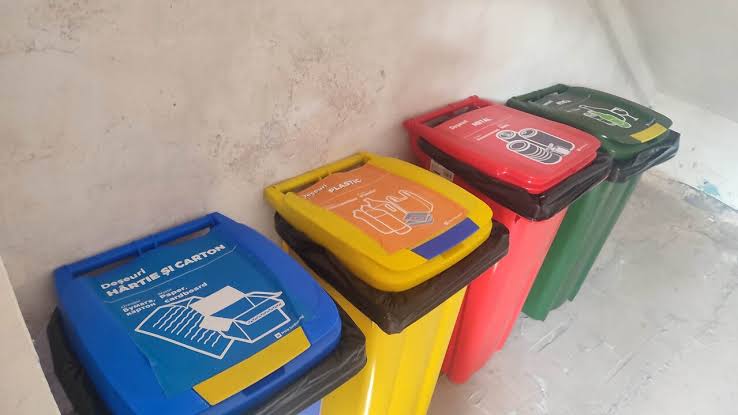In today’s rapidly evolving work environment, finding innovative strategies to strengthen team collaboration has never been more essential. From working from home or traditional office space, or both if possible – finding ways to foster effective teamwork has proven essential. One of the key factors in fostering effective teamwork is choosing the best coworking space for your needs. This article presents several innovative methods of increasing team collaboration regardless of work setup.
Understanding the Modern Work Environment
Businesses no longer rely solely on traditional office setups to conduct business operations; many now embrace flexible or hybrid work models combining remote with in-office work, offering new opportunities and challenges for team collaboration. Successful adaptation requires thoughtful consideration when considering team communication strategies and collaboration techniques.
1. Leveraging Technology to Facilitate Seamless Communication
Technology plays a pivotal role in connecting remote team members with those located within an office environment, with tools such as video conferencing software, instant messaging apps, and project management platforms essential in maintaining effective communication channels between them all.
Consider tools that seamlessly integrate with existing systems and meet the specific needs of your team when choosing tools to use for collaboration and productivity. A good video conferencing tool must offer HD-quality audio/video, while project management platforms should offer task-tracking features and collaboration functions suited for efficient collaboration across teams regardless of geographical distance. By effectively using such technologies, teams remain connected and productive irrespective of geographic constraints.
2. Fostering a Collaborative Culture
Establishing an environment conducive to open communication and teamwork is central to successful collaboration, beginning with cultivating an environment in which members feel safe sharing ideas and feedback freely. Encourage your team members to participate in regular check-ins or collaborative projects so that everyone stays aligned with team goals and objectives; establish an open-door policy where members may freely discuss thoughts or share concerns will further promote openness, communication, and teamwork.
Establishing clear expectations regarding communication and project deadlines is also of critical importance. By understanding their respective responsibilities and the timeline for the completion of tasks, each team member can effectively manage their time while contributing to an easier workflow. Regularly scheduled meetings such as daily standups or progress reviews give team members opportunities to stay up-to-date and address any potential issues promptly.
Integrating team-building activities into your routine can strengthen team bonds and promote greater collaboration, whether virtual coffee breaks or workshops are held or whether a physical team outing and brainstorming session takes place.
3. Designing Workspaces to Facilitate Collaboration
A physical environment plays an integral part in supporting collaboration and productivity, so when creating workspaces, they must address both individual work as well as group interactions – including creating dedicated areas for private work as well as areas tailored for team meetings or brainstorming sessions. Providing various working styles with options makes the chances for effective collaboration higher than otherwise.
Coworking spaces designed with flexibility in mind are ideal for collaborative teams looking for ways to adapt their workspace based on individual team member needs and work styles. Collaborative furniture, meeting rooms with modular seating plans, and open plan areas facilitate interaction and creativity among team members; having such spaces available increases the chances of productive collaboration and creative problem-solving among team members.
4. Implementing Flexible Work Policies
Flexible work policies can have an enormous effect on team collaboration and productivity. Allowing employees to choose whether their work settings should be remote, in-office or some combination thereof can contribute to enhanced work-life balance as well as enhanced job satisfaction for everyone involved.
As part of any flexible work policy, take note of each employee’s unique preferences when creating it. Some employees might like working from home all of the time while others require occasional in-office interaction for engagement purposes; considering these factors can create more engaging teams.
5. Encouraging Regular Team Interactions
Engage in regular team-building activities or facilitate interactions in person to keep relationships strong within an organization. Providing team members opportunities to meet regularly face-to-face can increase collaboration, camaraderie, and effectiveness of team performance.
Plan regular team-building exercises and social events – virtual coffee breaks, team outings, or collaborative workshops. These interactions help foster better working relations among your members while building rapport among team members as they collaborate effectively.
Conclusion
Promoting team collaboration in modern work environments involves an integration of technology, culture, workspace design, flexible policies, and regular interactions. By prioritizing these strategies, you can foster a more connected and productive team. Adopting hybrid work models enables you to be flexible enough to adapt to evolving work trends as your team navigates a shifting work landscape.






